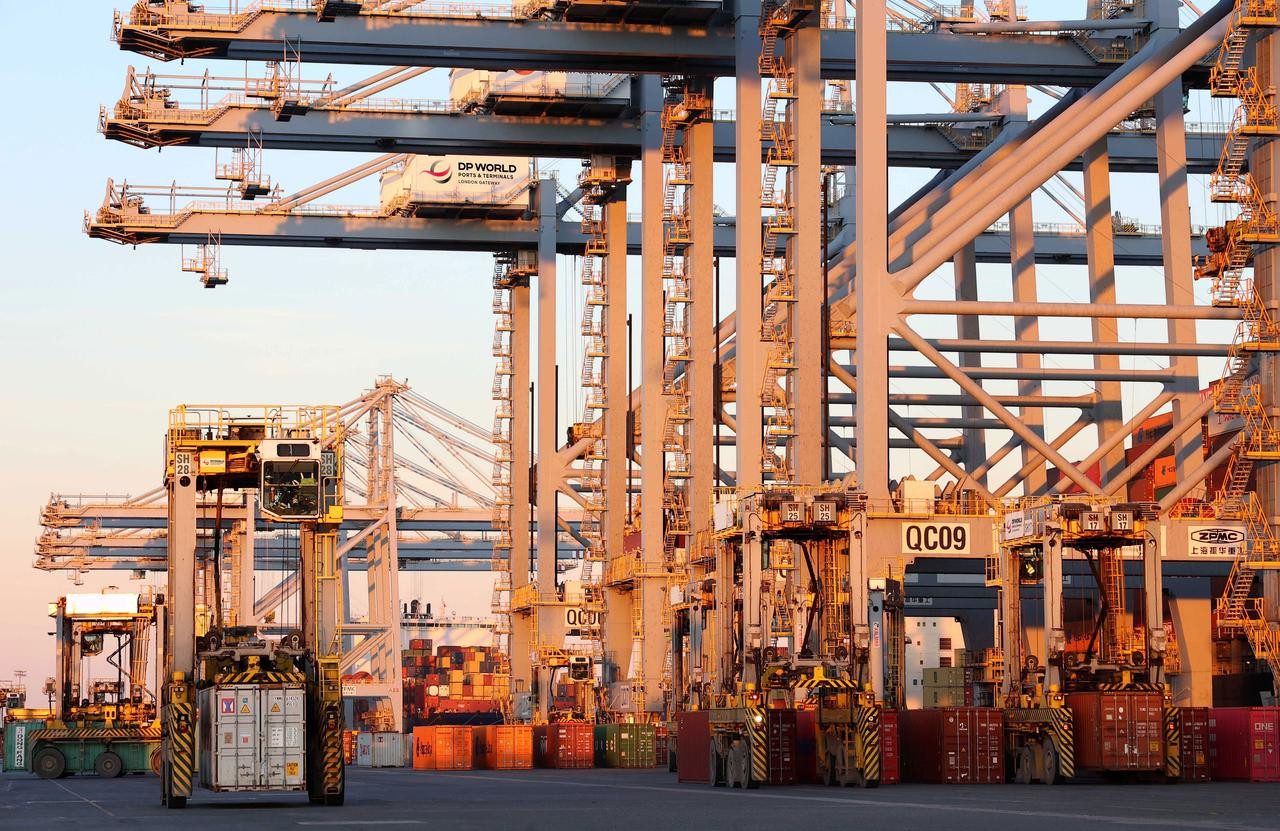Attractive payback periods from the additional investments required for LNG-fuelled shipping, along with no significant legal restrictions hindering development of LNG bunkering in Australia.
This is the conclusion of a Joint Industry Project (JIP) focusing on LNG fuelled tugs and OSVs, managed by DNV with nine partners in Australia.
The use of Liquid Natural Gas (LNG) as a fuel for ships is seen as one of the options to address the future environmental and commercial challenges in the shipping industry. With proper combinations of bunkering solutions such as tank trucks, permanent tanks and barges in the different ports, efficient LNG bunkering can be established.
The partners of the JIP, Australian Maritime Safety Authority (AMSA), BOC Limited (Linde Group), Farstad Shipping Pty. Ltd., Ports Australia, Rolls-Royce Marine AS, SVITZER Australia, Swire Pacific Offshore Operations (Pte) Ltd., Teekay Shipping (Australia) Pty. Ltd., Woodside Energy Ltd. and DNV are optimistic about the future of LNG as maritime fuel in Australia after having screened the possibilities to establish LNG bunkering in ten Australian ports.
This study recommends more technical guidelines and a clearer regulatory framework to be established, along with financial incentives to kick-start the development. When establishing LNG bunkering, the critical business phase is the first 2-4 years of operation when the LNG suppliers rely on a few brave ship owners willing to be industry forerunners. After some years of successful operation a second wave of ships is expected to enter the market, which will reduce suppliers’ uncertainty and reinforce the business case. The JIP focused specifically on the initial phase, and created roadmaps for necessary action for most rapid establishment of LNG bunkering in shortlisted ports. An accelerated approach can open up LNG bunkering in Australia by 2016.
DNV Maritime Country Manager, Tim Holt, states “We have been impressed with the interest and commitment shown by the Australian shipping industry in investigating LNG as a cleaner and locally available marine fuel.” JIP Project Manager Henning Mohn adds, “Increasing LNG production along with new international regulations boost the interest in LNG fuelled shipping; this may actually to some extent switch ships from fuelling with imported fuel to using domestically produced LNG.”
While the main report is owned by the partners, a summary report is publically available for download here.
Via DNV

 Join The Club
Join The Club











